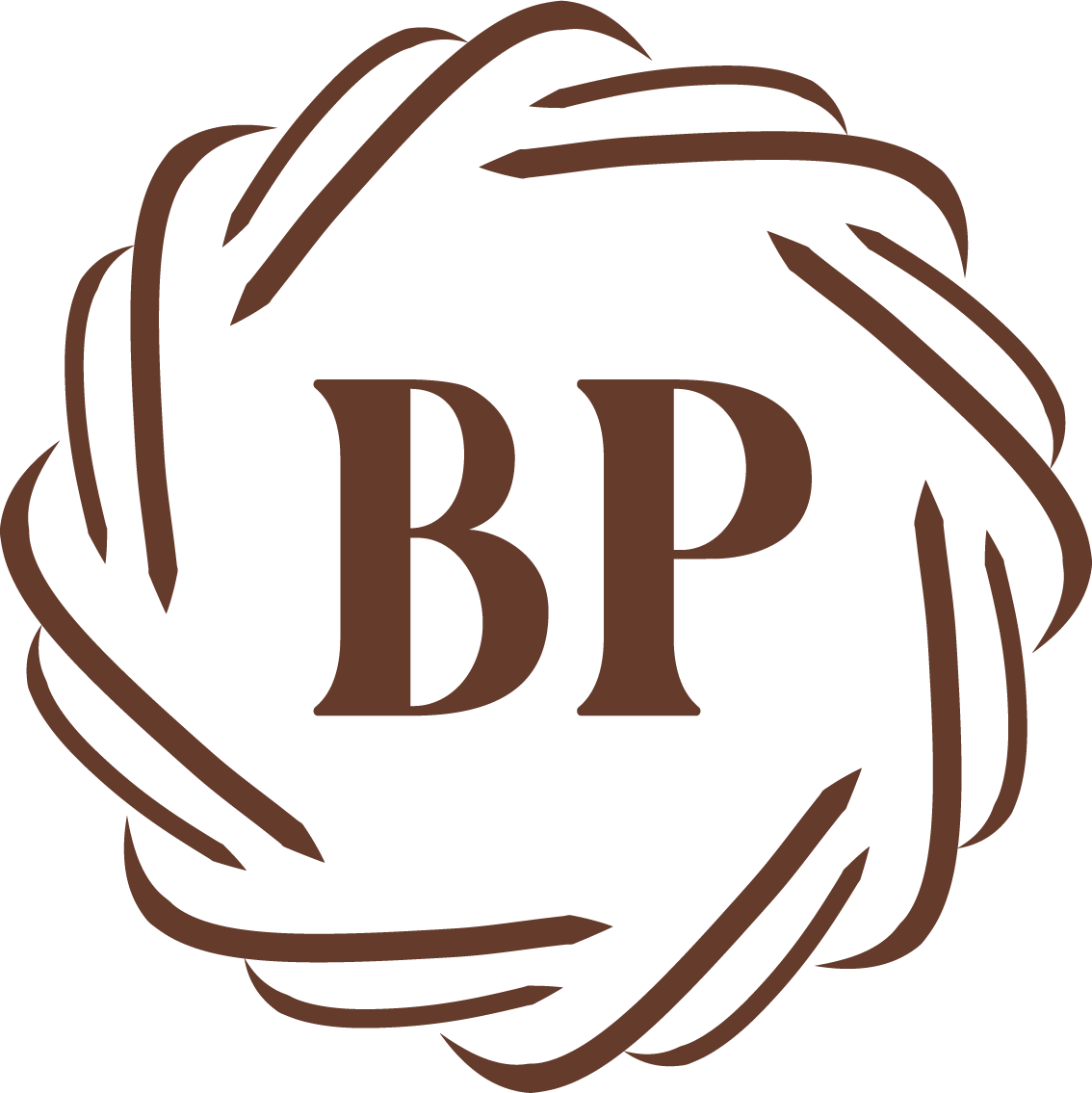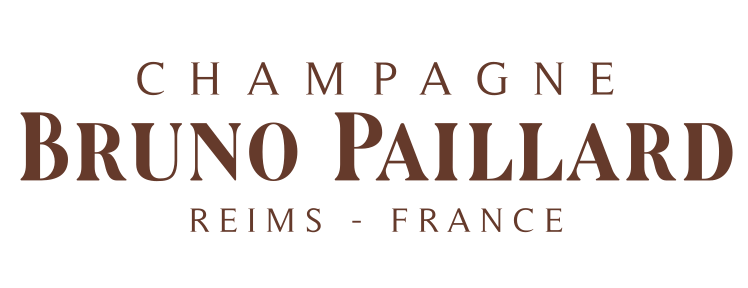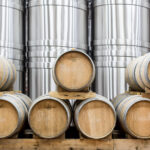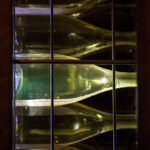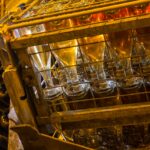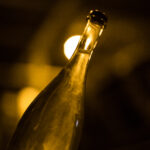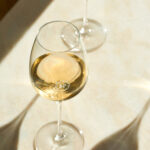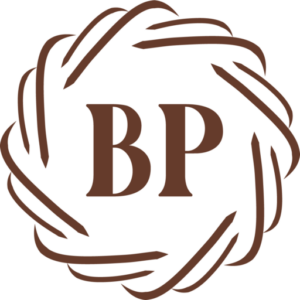CREATION
create and share a singular wine
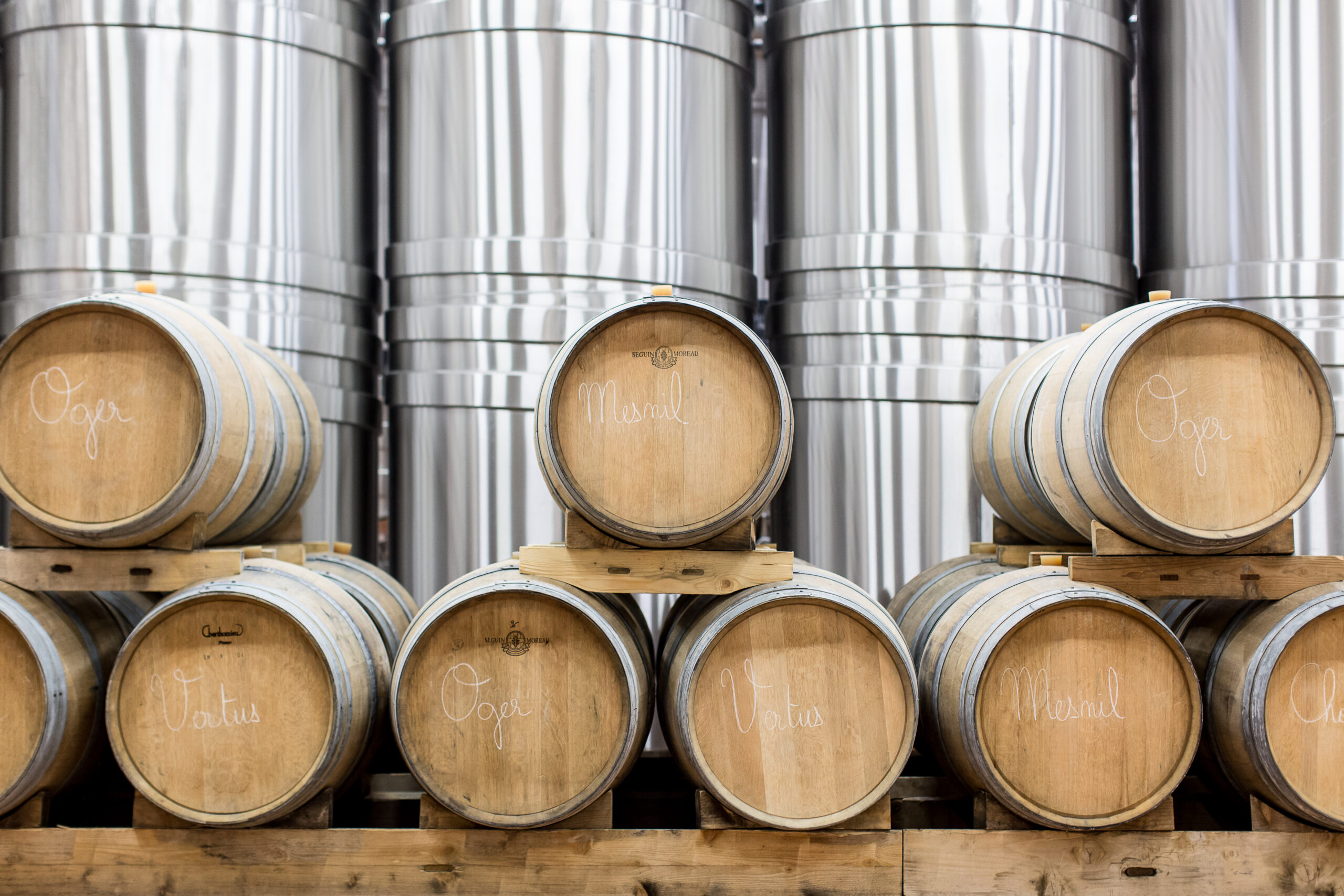
THE ORIGINS OF PURITY

At harvest, the Maison receives grapes from over 40 carefully selected crus. The challenge is to allow the best expression of each and then comes the freedom to blend. Only the juice from the first pressing is used, the first 50cl yielded by each kilo of grapes.
The thermo-regulated winery is equipped with 96 stainless steel tanks (from tiny to large) and 400 barrels await. The must is divided between tanks or barrels according to their origins, grape varieties and even particular parcels. Alcoholic fermentation occurs in open tanks or in small oak barrels.
Then, the malolactic transformation is allowed to happen. In fact, the acidity level of Bruno Paillard Champagnes is, on average, higher than others as only the first pressing is kept, and because we use a high proportion of chardonnay from the best growths.
The malolactic fermentation enables a natural reduction of this acidity and creates pure, elegant and unaltered wines. After the fermentation, the wines are known as “vins clairs”. They are still wines.
Besides the characteristics of their grapes varieties, each one of these wines holds the personality of a vineyard or an individual parcel of the Champagne Area.
This is the scale on which Maison Bruno Paillard orchestrates each cuvée.
THE ART OF BLEND

Between January and Easter, the main activity is the preparation of the blends.
All this work requires patience… At the end of winter the wines are too closed to express their full potential… From then on, because of course they are alive, they are constantly changing. Between the first series of tastings and the final blend, nearly 6 months will pass.
Bruno Paillard, Laurent Guyot et Alice Paillard, regularly taste the 500 barrels and 110 cuvées, born from the first fermentation. After many tastings, they select the wines that will compose each Cuvée of the Bruno Paillard Champagnes.
For multi–vintages, it is about faithfully reinterpreting the blend originally created by Bruno Paillard. Reserve wines (up to 50% of the blend) and the diversity of the cru are instrumental in this respect. So the multi vintage blends are not just blends of cru and grape varieties, but also blends of years and winemaking techniques: steel tanks or oak barrels.
On the other hand, Champagne Vintages express the quintessence of one specific year. Bruno Paillard creates a different blend for each vintage, concentrating on the personality of each harvest.
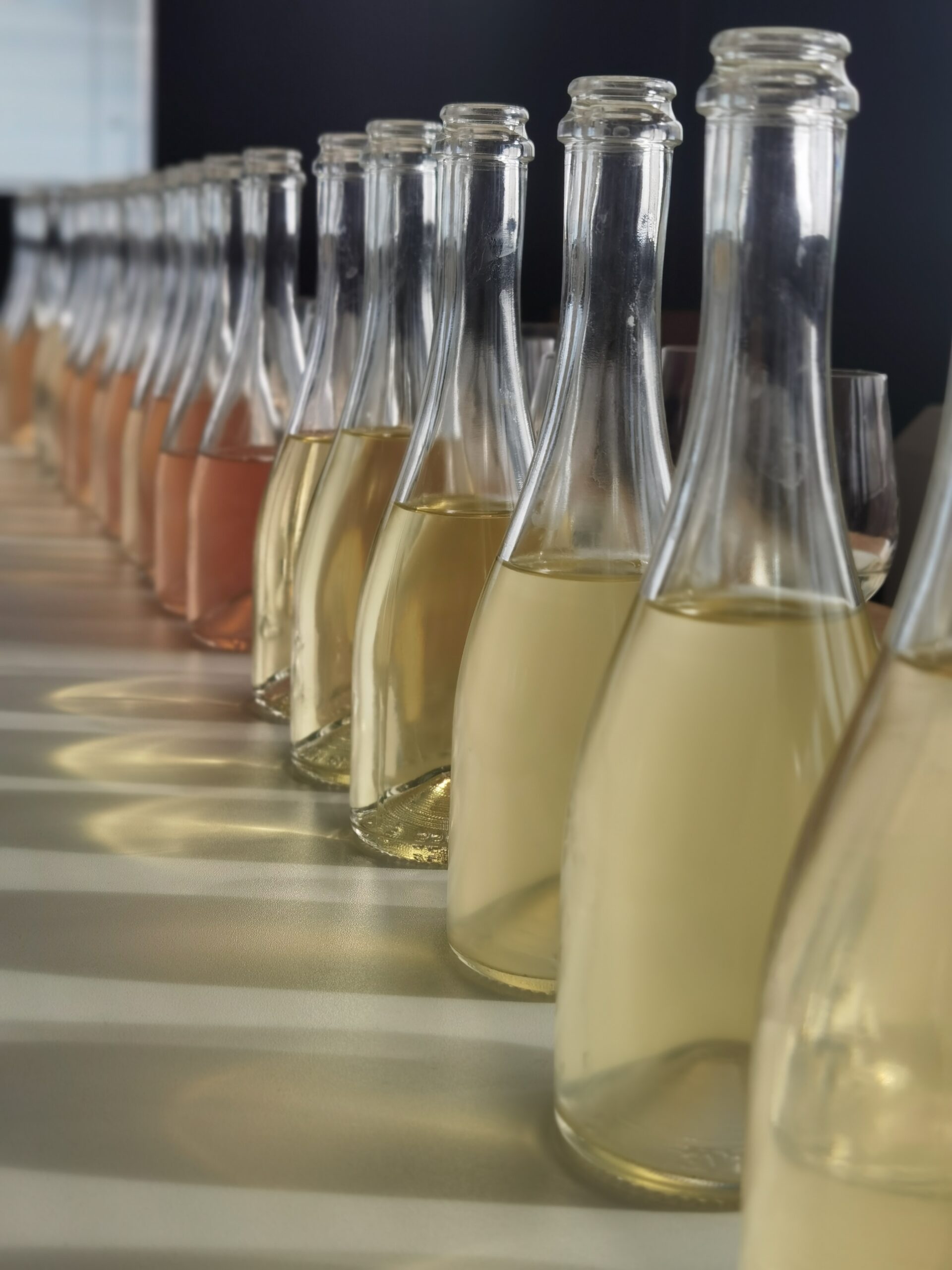
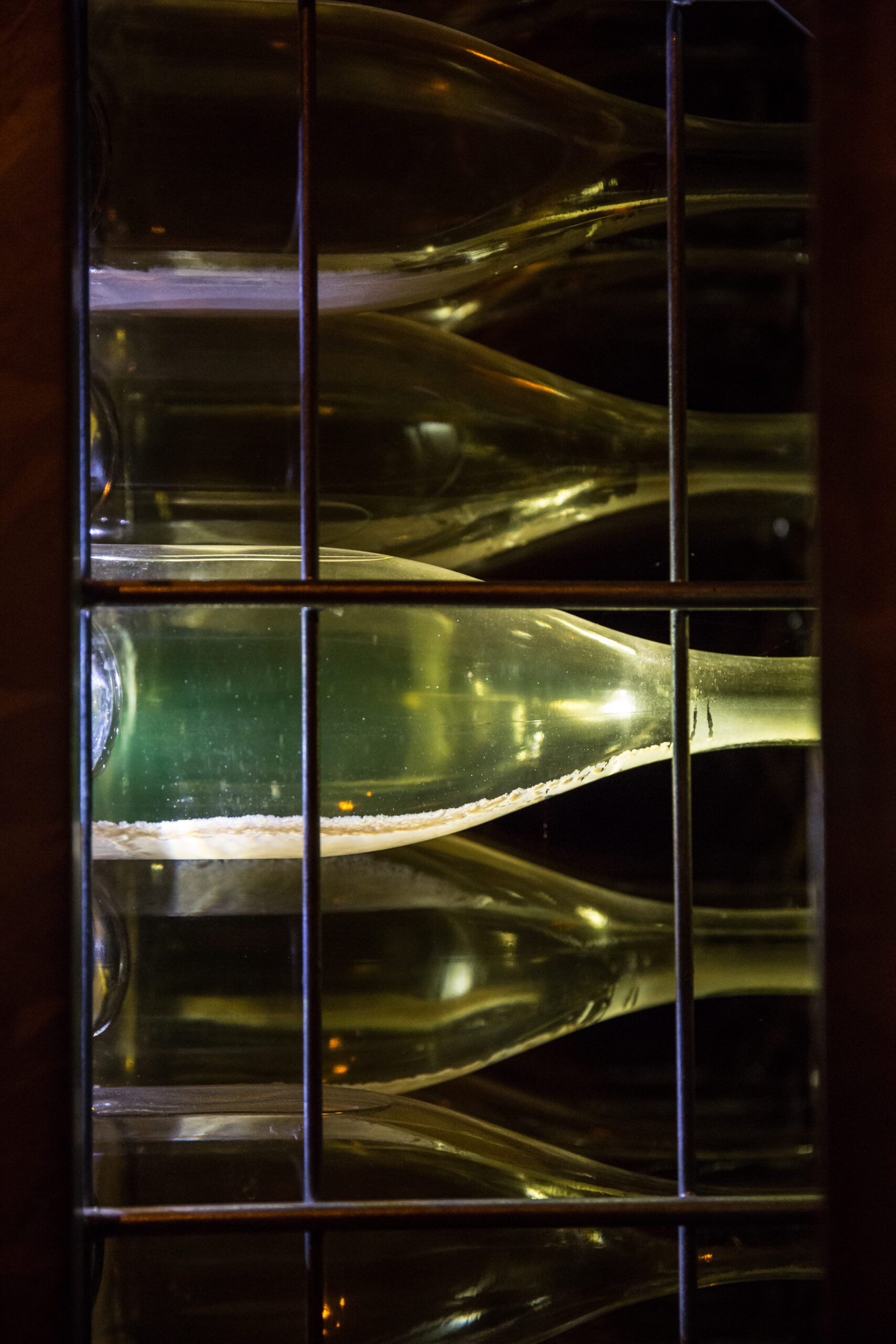
MATURATION

Ageing takes between two and four times longer than the minimum required by the appellation, allowing wines to really develop their complexity.
During the spring following the harvest, once the blends have been determined, the wines are bottled in either half bottles, 75 cl bottles, magnums, Jeroboams or Methuselahs – including the necessary yeast for their second fermentation.
Each bottle is sealed with a temporary cork and laid down in the cellar for several years. An extended ageing process then commences, with the wines protected from light and oxygen and stored at a perfectly stable temperature of 10.5°C (51°F).
Bruno Paillard Champagnes are aged much longer than the required time: from three years for Première Cuvée up to eight to ten years for N.P.U. – “Nec Plus Ultra”.
The bottle fermentation happens during the first month. As the bottle is sealed, CO2 cannot escape, as it would during the first fermentation in barrels or open tanks.
Therefore CO2 dissolves into the wine… creating thousands of tiny bubbles that will get thinner and smaller year after year.
After a few weeks, the yeast dies, settles in the bottle and slowly releases aromas and flavours into the wine. From this slow and mysterious alchemy, Bruno Paillard Champagnes get their finesse and complexity.
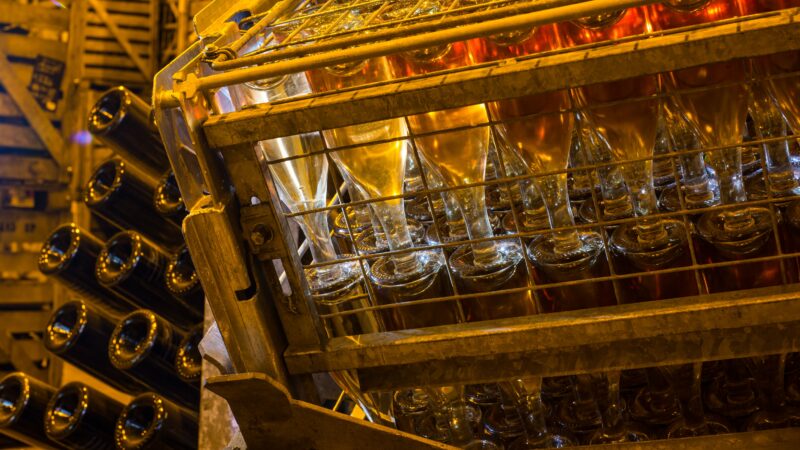
THE RIDDLING

After this long sleep in our cellar, the lies will form a deposit. It is necessary to collect this yeast sediment into the neck of the bottle.
The ancient technique of hand riddling was quite a long and irregular process; some “pupitre” were used for that: bottles were almost horizontally settled. Through daily moves of rotation and tilt, the “Remueur” bring them to a vertical position (after about 30 handlings during one to two months). At Bruno Paillard Champagnes, only Jeroboams and Methuselahs are riddled this way.
The invention of “gyropalettes” has come to play an essential role in guaranteeing quality. Gyropalettes work with a consistency and precision that no man could replicate. They turn the bottle by an angle of precisely one degree and rotate it 1/12 of a turn.
THE DISGORGEMENT

After 8 or 10 days of riddling by gyropalettes, our bottles are kept upside down (“sur pointe”), sediment on the cork, ready to be disgorged…. Once the bottle is “sur pointe”, the next step is to expel the sediment to obtain a clear and bright wine. It’s the disgorgement.
In the past, disgorgement was made “à la volée”: a man held the bottle head down, opened it and up righted it very fast. Just enough wine was lost to make sure no sediment was left. But, once again, this operation could not guarantee perfect regularity.
Today, the neck of the bottle and its sediment are frozen at -25°C – which allows for easy extraction of the sediment – bottle standing – and limited and regular loss of wine.
After this “open heart surgery”, Champagnes are systematically sent back to the cellar for a few months convalescence before they are labelled for export – 5 months for the youngest to 12 to 18 months for the oldest.
From this day, a process of ageing begins that is unique to Champagne. The aromatic, visual and taste evolution of the wine, going through fruits, flowers, spices is the beloved journey for a champagne lover.
The date of “dégorgement” is so important that Bruno Paillard was the first Maison to print it on the back label of each and every bottle since 1983.

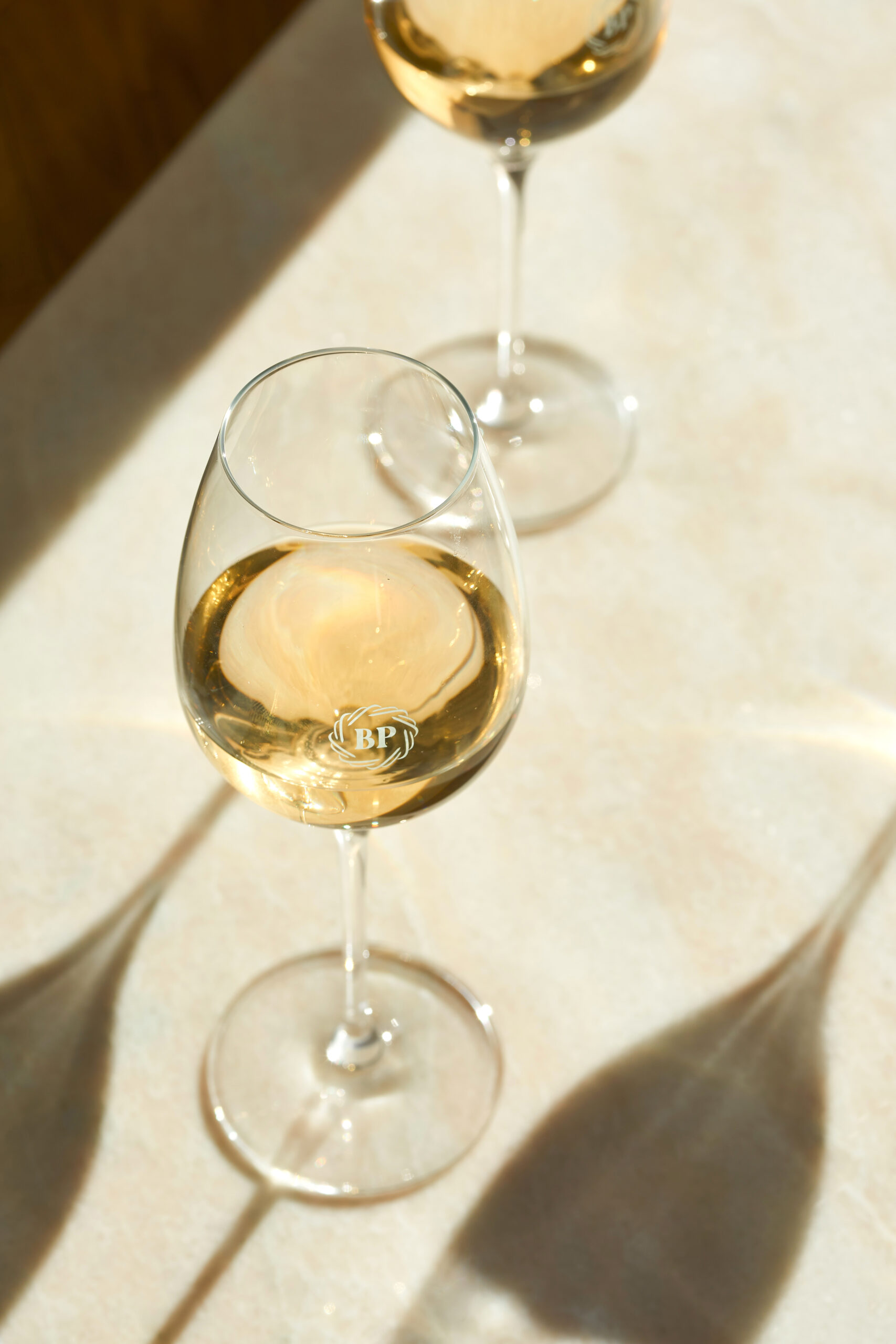
THE DOSAGE

It is at this point that we move on to the “dosage”; one to two centilitres of wine were lost during disgorgement and will be replaced with reserve wines containing a small amount of cane sugar – “Expedition liqueur”.
Sugar content is zero for “non dosage, zero brut” and less than 7g/L for extra brut. It can reach up to 15 grams of sugar per litre of wine for “brut”, whilst the “extra dry” are sweeter, the “demi–sec” and”sec” are sweeter still…
All Bruno Paillard Champagnes are Extra Brut with a very low dosage, maximum : 6 grams per liter. This contributes to respecting the original purity of the wines and ensures energy, tension and length can be expressed.
FIND OUT MORE

